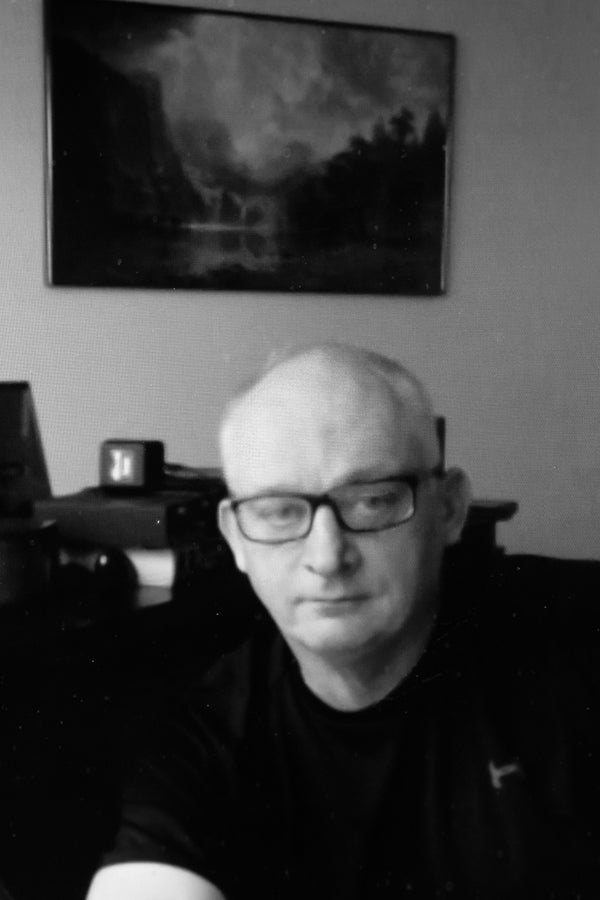Molecular Biophysicist on the Frontline
Even with drastic measures taken such as lockdown orders and social distancing, many of us may feel uneasy in these unprecedented times brought on by the coronavirus pandemic. Without a vaccine or effective drugs, this virus keeps perpetuating fear and anxiety of the unknown. Dr. Jeremy C. Smith, governor’s chair at the University of Tennessee, Knoxville, and director of the University of Tennessee/Oak Ridge National Laboratory Center for Molecular Biophysics, has been focused on discovering drug compounds that could help combat the brutal symptoms caused by COVID-19. And he is doing so with the help of the supercomputer Summit – which happens to be the most powerful computer in the world and has the practical ability to run and analyze millions of simulations of compounds that potentially have the effect of preventing the novel coronavirus from infecting host cells.
 Although Smith and his team are undoubtedly driven and have tremendous resources, he warns that this type of study and its development into a viable drug treatment are a tedious and challenging process. “Like many other labs, our studies focus on viral proteins, meaning proteins on the viral particle or that the virus instructs the human host to reluctantly produce. We are trying to stop these proteins from doing what the virus wants them to do. You have to be careful, though, as there can be unwanted side effects. So our overall goal is to create a drug that will specifically target the virus, minimizing or eliminating the symptoms of COVID-19 without any other cellular interactions that may result in complications,” he says.
Although Smith and his team are undoubtedly driven and have tremendous resources, he warns that this type of study and its development into a viable drug treatment are a tedious and challenging process. “Like many other labs, our studies focus on viral proteins, meaning proteins on the viral particle or that the virus instructs the human host to reluctantly produce. We are trying to stop these proteins from doing what the virus wants them to do. You have to be careful, though, as there can be unwanted side effects. So our overall goal is to create a drug that will specifically target the virus, minimizing or eliminating the symptoms of COVID-19 without any other cellular interactions that may result in complications,” he says.
Coronavirus is called a coronavirus because it has a corona, and one concept behind the R&D is based upon diminishing its effectiveness. Coronas consist of little spikes on the outer surface of the virus that serve as the primary point of contact when virus starts to infect human cells. “Simply speaking, we might try and blunt the spike, and find a chemical that may bind to that. It may stop the spike from recognizing its receptor on human cells. So that’s one way of trying to attack the problem, though we cannot say we’ve succeeded,” Smith adds. “What we’ve done is to take a database of chemicals that we roughly know how safe they are, because many of them are already approved drugs that are used for other purposes. We are also targeting other viral proteins that do different jobs for the virus, such as chopping up proteins or messing with the human genetic code. Later on, we will also design new chemicals from scratch, which will require plenty more testing to be done.”
Clearly, the solution will not come overnight. Smith, like many of his colleagues, is working around the clock to try to save lives. The silver lining in an otherwise dark cloud is the collaboration and team effort. “We have video meetings with our scientists that sometimes go on for 3 to 4 hours attempting to find solutions. I mean, from our perspective, the whole world seems to be working on this now. There is a lot of communication and creativity within the scientific community,” he says, assuring that when we work together, we are powerful, can instill hope, and can make a difference in the world.
Writer: Samantha Orr
Photographer: Ron Contarsy (for Highmark Studios)
Editor: Eiko Watanabe
Special thanks to EPK Media (@myepk & @epkmedia - epkmedia.com)

